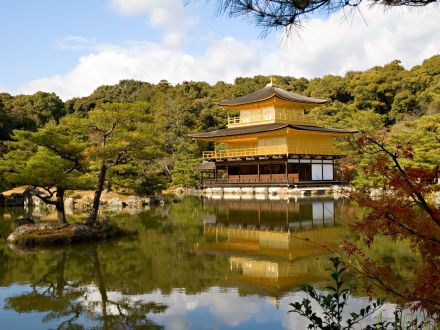A haiku is a Japanese verse form in poetry which also started appearing in the literature of other cultures in the early 20th century. Even the verse form (in this case the genre is the same) is very simple, three lines or phrases that consist of 5-7-5 ’on’ – which are also known as morae. A mora is the syllable, it is the minimal unit of metrical time in quantitative verse and equal to the short syllable. Rhythm in a haiku is not required, but is accepted if it occurs naturally.

Typically, but not exclusively, these poems speak of nature and its beauty, or something related to a mood or feeling. In traditional haiku, the anthologies are not classified according to ages or authors but according to the seasons. This applies only to the traditional haikus, according to the progressive modern movements a snapshot can be ’broadcast’ of anything in life (like a building, a garment, etc) .
The art of the haiku poem goes beyond poetry. The writing, finding the right words, is a kind of meditation where the artist becomes one with the spiritual nature of the universe. Ego ceases to exist so the haiku is a strictly descriptive, objective art. The artist pours the vibrations of the cosmos into words. The image conveyed by the words communicate harmony and peace of mind. Settling the mind brings the body and the spirit into harmony as well, and it helps personality development and character building too.
Haiku is essentially a lonely genre, where the master and the guide are the haiku itself. The writing of these 17 syllable poems is only initially difficult, as we may discover for ourselves thoughts will come naturally.
Although it is a lonely activity paradoxically the haiku ’works’ best when shared with others. While the formation of character and attitude should be done alone, the bringing of a variety of interpretations to a common denominator rather requires some company. Community related effects of the haiku show in public rea